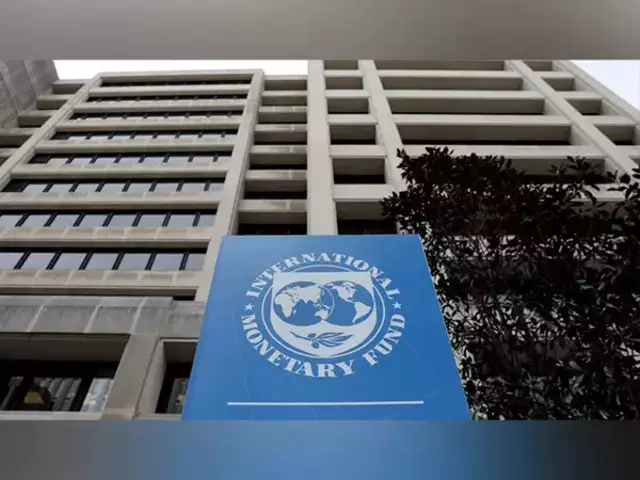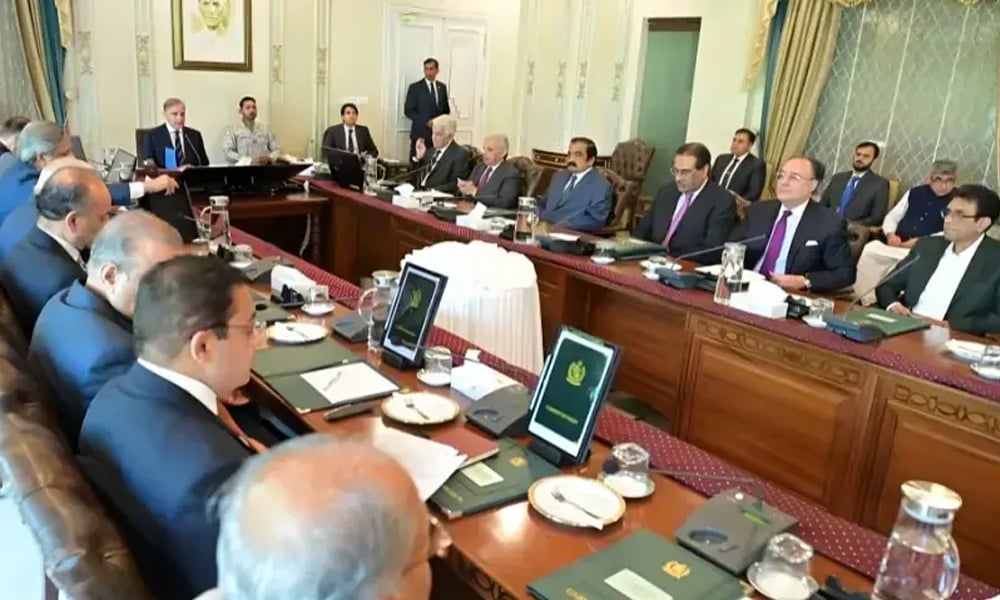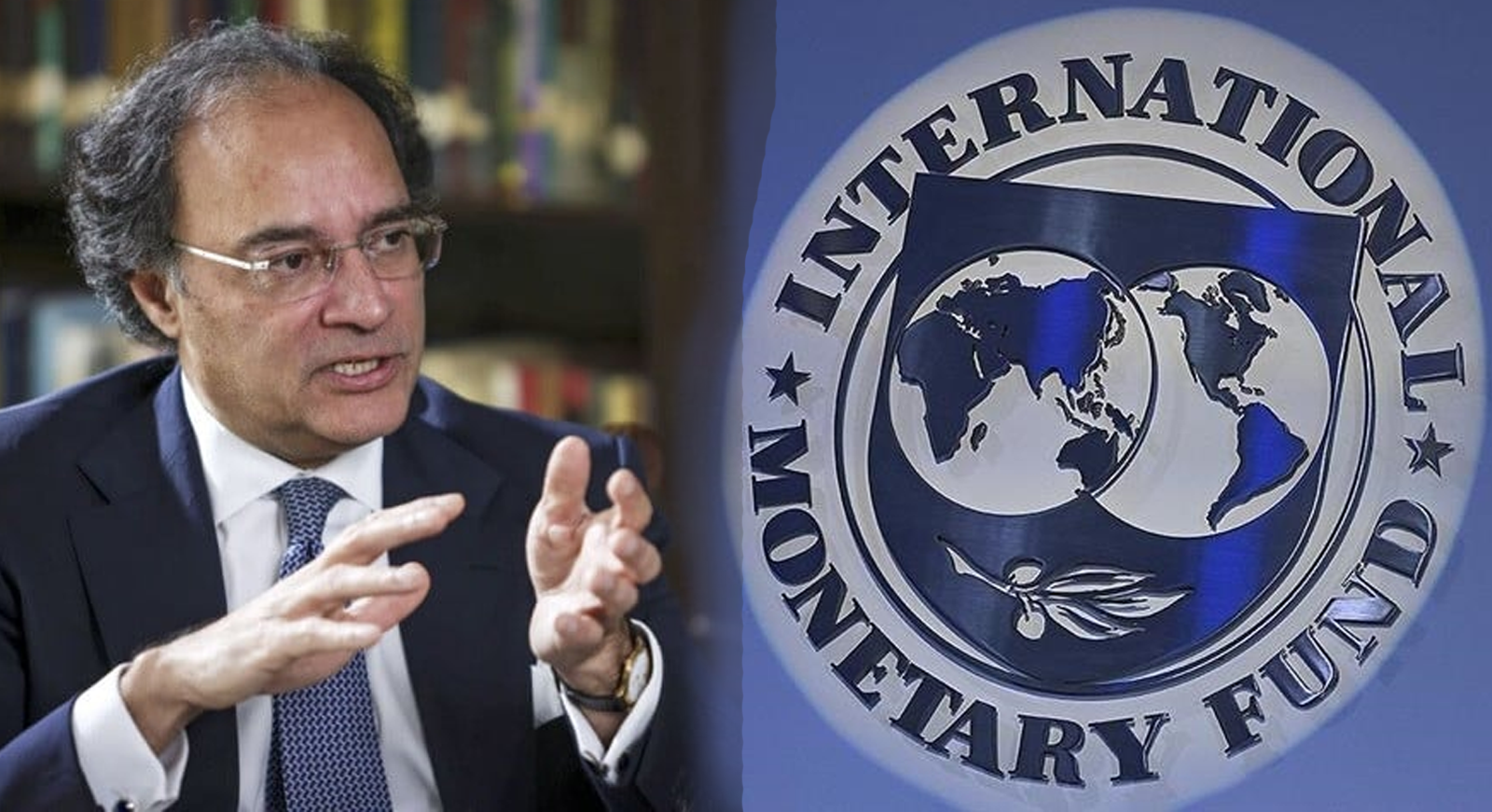PTBP Web Desk
The Ministry of Information Technology and Telecommunication in Pakistan has recently drafted the “Semiconductor Policy and Action Plan,” a move that positions the country to enter the global semiconductor market, valued at over $600 billion in 2023, with projections to exceed $1 trillion by 2030. This policy development, however, raises eyebrows due to its apparent violation of the conditions set by the International Monetary Fund (IMF) under its Extended Fund Facility (EFF) program, which discourages subsidies and special incentives.
The policy includes a range of financial incentives like grants, subsidies, and exemptions from import duties on equipment. It also proposes soft loans with a 25% rebated interest rate and a 25% tax rebate. This approach starkly contrasts with the IMF’s guidelines, which aim to reduce fiscal concessions to maintain economic stability. A Rs10 billion fund is planned to support startups, provide soft loans, and offer incentives to both retain local talent and attract international expertise. The ministry sought the viewpoint of the Minister of State for IT and Telecommunications, Shaza Fatima Khawaja, but as of the latest reports, no official response has been recorded.
The semiconductor industry is crucial for modern technology, with applications ranging from computing and data storage to automotive electronics and power management. The draft policy recognizes the strategic importance of semiconductors for national security and economic growth, aiming to make Pakistan a hub for semiconductor design, manufacturing, and Assembly, Test, and Packaging (ATP).
The industry splits into design, fabrication, and ATP. Given the high capital expenditure required for fabrication, many developing nations, including potentially Pakistan, focus initially on design which requires less investment but yields high returns. The policy document notes the disruptions caused by the US-China trade tensions, often referred to as “Chip Wars,” highlighting the world’s reliance on specific countries for different segments of semiconductor production.
Policy Support and Incentives aimed at creating an attractive environment for both domestic and international semiconductor businesses.
Infrastructure Development essential for supporting semiconductor manufacturing and R&D activities.
Human Resource Development by investing in education and training to develop a skilled workforce capable of competing globally.
Industry Ecosystem Building encouraging collaborations between academia, industry, and government to foster innovation.
Research & Development focusing on innovation to leapfrog in technology capabilities.
The policy seeks to reduce dependency on foreign semiconductor imports, which is crucial in light of global supply chain vulnerabilities seen during the Covid-19 pandemic. However, the financial incentives proposed might conflict with IMF directives, potentially straining Pakistan’s relationship with the Fund during its economic recovery phase. Pakistan aims to carve a niche in a market dominated by giants like the USA, Taiwan, and South Korea, each investing heavily in their semiconductor sectors.
Leveraging Pakistan’s demographic dividend to build a robust semiconductor industry, attracting global investments by positioning Pakistan as an alternative hub for semiconductor operations amidst global rebalancing, and encouraging local startups are pivotal. The policy fosters an environment conducive to innovation and international competitiveness.
Pakistan’s draft Semiconductor Policy represents a bold step towards technological self-reliance and economic diversification. However, it treads a fine line with international financial regulations. The success of this policy will depend on strategic implementation, international collaboration, and navigating the fiscal constraints posed by bodies like the IMF. If managed well, this could mark the beginning of Pakistan’s journey towards becoming a significant player in the global semiconductor arena, contributing to both national security and economic prosperity.




